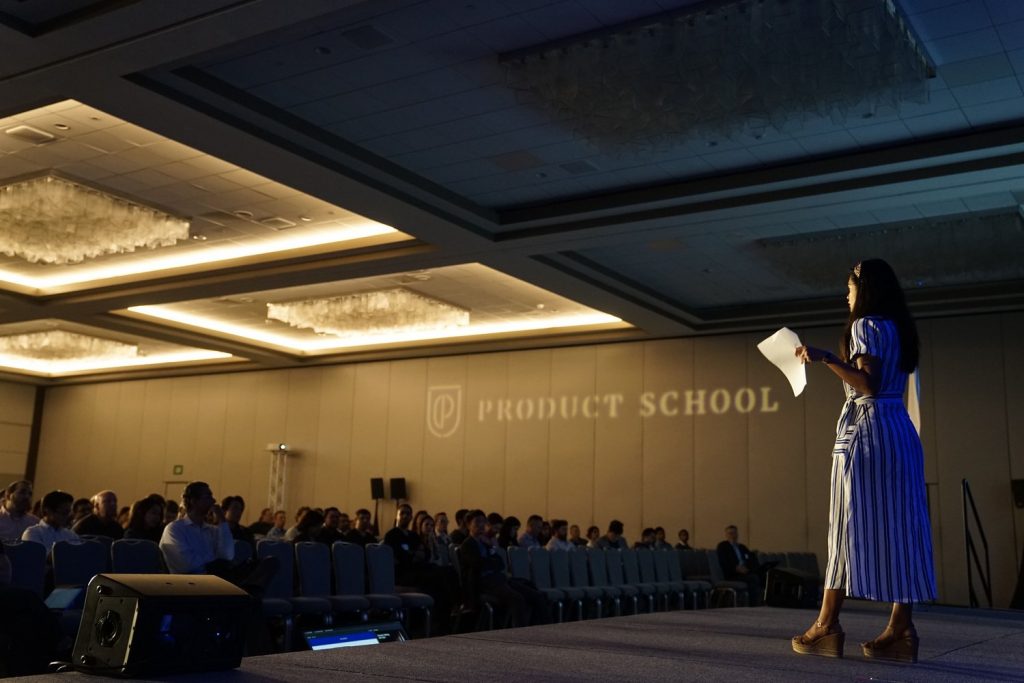With now over 660 million members, the growth and evolution of LinkedIn is undeniable. From initially being labelled a recruitment tool when it first launched back in 2003, to now being recognised as the most effective social media platform for building business relationships.
It is clear that more and more people are beginning to understand just how powerful it is. Connectedness has also started to increase through content, enabling professionals to really start building their credibility and influence on the platform.
With engagement at an all time high, LinkedIn have also stepped up their game and unleashed a range of new features to continuously reinvent how people do business and connect online. 2019 saw the introduction of LinkedIn Live, a new Sales Navigator interface, the ability to invite your connections to follow your company page or upcoming events you may be holding.
But whilst a lot of people are excited about LinkedIn and activity has picked up, most people are still unsure on how to leverage it successfully. Most of this comes down to not knowing where to start, lack of process in place, uncertainty around the best LinkedIn marketing strategy to leverage and no real plan in place. And without a plan, it’s virtually impossible to stay focused and consistently follow through.
So, with the year coming to an end and 2020 right around the corner, now is the perfect time to put one together. To assist you in doing so, below we’ve broken down a step by step process you can follow to make 2020 the year where you finally nail LinkedIn for business marketing.
The first step to putting together a successful LinkedIn marketing campaign is knowing who you’re going to target and why. To do that on Linkedin you need to consider a few key metrics:
1) Position
2) Company Size
3) Seniority Level
4) Industry
5) Location
Once you know these metrics you then insert them into Sales Navigator (premium feature) which will then drill down from the 660 million members to the specific audience you want to target. Remember, connecting with anyone and everyone is not an effective strategy for LinkedIn and will not yield any results. It’s about the relationship you build with each and every contact, not the number of connections you have in your network.
Another great feature of sales navigator is that it will also tell you what percentage of that audience has posted content in the past 30 days and allows you to engage with them before you reach out to connect. Doing this will not only open up more conversations but help you build trust and rapport with your network much quicker.
Once you know who you’re targeting, you then need to look at how LinkedIn best ties into your overall sales process. Knowing your process and how LinkedIn ties into it will help ensure you convert more conversations that start on LinkedIn into phone and face to face meetings.
For example, if your usual sales process involves an initial 20 minute discovery call, a 1 hour strategy session, a roll out discussion and then a proposal, it’s important to consider where LinkedIn fits into this process. In this scenario the best way to connect LinkedIn to your sales process would be the 20 minute discovery calls as most people are likely to spend 20 minutes with you to gauge interest and identify a need as compared to a 1 hour strategy session. For more insight on how to network the right way with your target market on LinkedIn, check out episode 24 of our Ask linkfluencer® Show.

Now that you’ve identified who you want to target and understand how Linkedin ties into your overall sales process, it’s now time to focus on developing your personal brand. Once that is consistent with your overall presence online.
The biggest mistakes people make when it comes to branding is they’re inconsistent, they pitch their service rather than serve, or they try to be someone they’re not. If you’re not authentic, it’s impossible to build a brand that people come to know, like and trust and in the process you’ll end up damaging your reputation in the industry. For a more detailed step by step guide here’s a video we shot earlier this year on how to build your personal brand on LinkedIn.
Now that you’re clear on your personal brand, it’s time to create a compelling profile, one that resonates with the target market you’re looking to connect with and is true to your personal brand. A good place to start is by having a good banner and profile picture. A personalised image is usually what works best on LinkedIn. For example this could be a photo of you working with the team, presenting on stage or receiving an award.
It’s important you have something that builds your credibility and one that develops a level of trust. Stay away from creating company style banner, because remember, you’re selling YOURSELF first, not your company. People buy into people.
Along with having a high quality profile picture you also need to make sure you have a compelling summary that is story-based. One that showcases who you are, your business journey to date, as well as the key objections and challenges your target market face and how you help solve these issues.
This will help you establish a connection with your target market and make them more inclined to want to have a conversation with you. If you’re looking for a more detailed step by step guide on how to build out your profile, here’s an article we wrote not so long ago.
Once you’ve updated your profile, it’s now time to write your connection and follow up message. You’re going to be using these scripts when sending out invitations to leads within sales navigator and following up anyone who accepts your invite but doesn’t reply to it.
When developing these scripts it’s important not to come across salesy. Remember people don’t care how much you know or what you have to sell until they know how much you care.
Plus how many times have you received a sales pitch either through an invite or on the back end of accepting one. How did it make you feel?
Behind every connection is a human being and the main reason why we are all on LinkedIn is to develop key business relationships with the view to do business with them. An example connection invitation you could send out might be:
‘Hi John, came across your profile and would love to learn more about you and the business. So thought I’d reach out and connect. Frank’
If someone accepts your invite but doesn’t reply to the personalised note, you can then follow up with a private message the week after. Keep this message simple, to the point and remember your outcome for using LinkedIn in the first place. How does LinkedIn tie in to your overall sales process and who are you looking to get in front of. For more insight around this, here’s a link to a video we recorded recently.
With that said the final piece to having a great marketing plan on LinkedIn is putting up quality, targeted and relevant content consistently. With over 660 million members on the platform and only one million posts going up per day it’s a phenomenal opportunity to build your influence and personal brand on the platform whilst engagement and reach is quite high.
As more and more users start posting up content engagement will obviously reduce over time, so there’s no better time than 2020. Plus as you start connecting with your target market, given they will now be 1st level connections of yours, they will too start seeing your content.
So it’s a great way to stay top of mind and build trust with those you’re connecting with who may not be ready to start a conversation with you. For a full step by step breakdown of how to publish content consistently, watch Episode 28 of our Ask linkfluencer® Show.

After you’ve got all the resources ready for your campaign, it’s now time to put it all into action. Going in blind is a sure way to fail, so it’s important to set a good weekly structure that will make it much easier to establish a consistent routine. Here is an example schedule you can follow:
1) Send invites every Monday to Friday from 3pm – 4 pm
2) Engage every morning and reply to messages from 8am – 8:15 am
3) Post up content twice a week every Tuesday and Thursday
Once you break it down it’s really not that hard, is it?
You’re now at the point where you’ve set all the resources up, you’ve put a good plan in place, now it’s all about execution. Because nothing ever happens unless you take action. Think about the team you in place to make this happen, for example if you’re not good at writing content maybe you need to hire a copywriter.


We're celebrating the launch of Jayla by giving our first 500 customers access to our VIC club. As a 'Very Important Customer' you won't just feel special, you'll get notified of the release first and have the price of your subscription fixed for life.
On top of all that you'll get priority support and an invite to an exclusive live masterclass with our founder Alex Pirouz. This is strictly limited to only 500 VIC's available.
We’re celebrating the launch of Jayla by giving our first 500 customers access to our VIC club. As a ‘Very Important Customer’ you get access to Jayla weeks before the public, price of your subscription fixed for life, priority support and an exclusive live masterclass.
Fill out your name and email to be in the know.